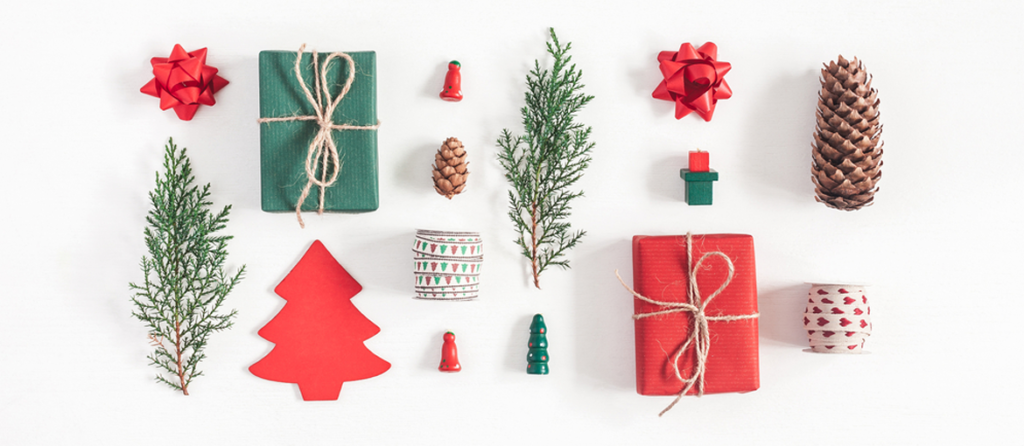December 25 is coming and with it its load of Christmas icons, colors and symbols! Santas pop up in shop windows and advertisements, Christmas trees appear in apartments and squares, little stars, sweets and presents adorn homes. Many of these symbols of Christmas we take for granted and for us it is as if they have always existed. But this is not always the case: some Christmas symbols are very new and have little to do with religious tradition, while others seem to date back to that night in Year Zero.
So here is our roundup of Christmas symbols and colors where we tell you a few interesting facts about how they come about and why we use them!
Symbols of Christmas: Santa Claus
The king of Christmas symbols is undoubtedly him: Santa Claus! The old, bearded, chubby, red-clad gentleman who dispenses gifts left and right seems to have been there forever, but instead… did you know that he is probably one of the newest symbols of Christmas?
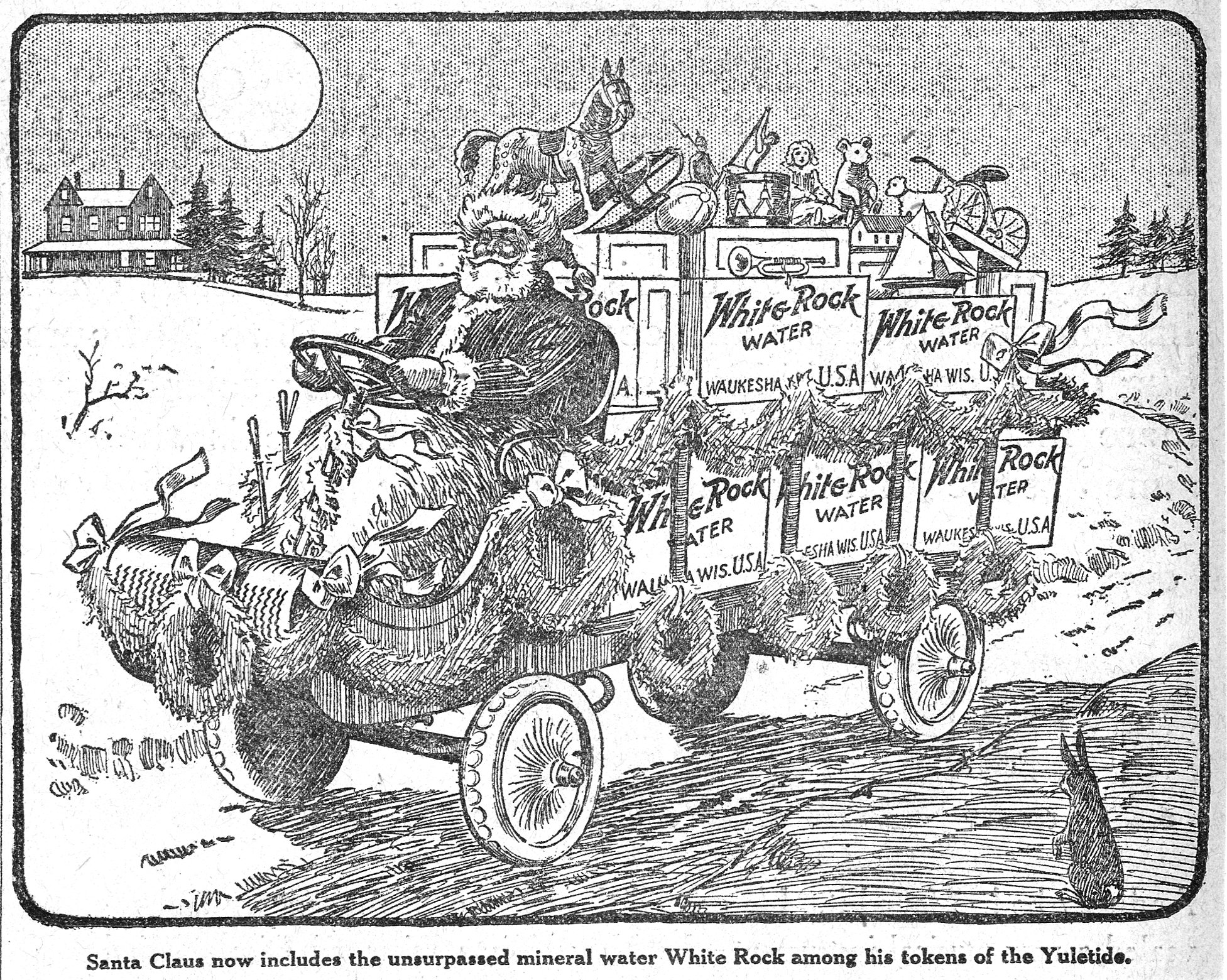
In his current and best known guise he appears only a hundred years ago. It is the 1910s in the United States, and a number of soft drink brands are beginning to use Santa Claus in their Christmas advertisements. It is in a 1915 cartoon published in a San Francisco newspaper that this symbol of Christmas is first seen carrying a load of White Rock mineral water among his gifts. Then in the 1930s came the iconic and unforgettable Coca-Cola advertisements through which Santa Claus became a world-renowned Christmas symbol.
One last bit of trivia about the most famous of Christmas symbols: one of the first to describe Santa Claus in his classic sleigh flight over the city handing out presents (although at the time Santa Claus looked and dressed differently) was the American writer Washington Irving in an 1809 story. Another invention by the same writer, however, was the creepy headless horseman described in The Mystery of Sleepy Hollow.
Symbols of Christmas: The Christmas Tree.
In the roundup of symbols of Christmas we also find the Christmas tree! The tradition of adorning a tree with decorations and sweets at Christmastime probably originated in Germany: legend says in Freiburg in 1419 when, the story goes, the town’s bakers decided to hang apples, wafers, gingerbread and other sweets on the tree, preventing the town’s children from touching them until New Year’s Eve. Instead, the first person to put up candles seems to have been Martin Luther, inspired by the harsh starry nights in the German woods.
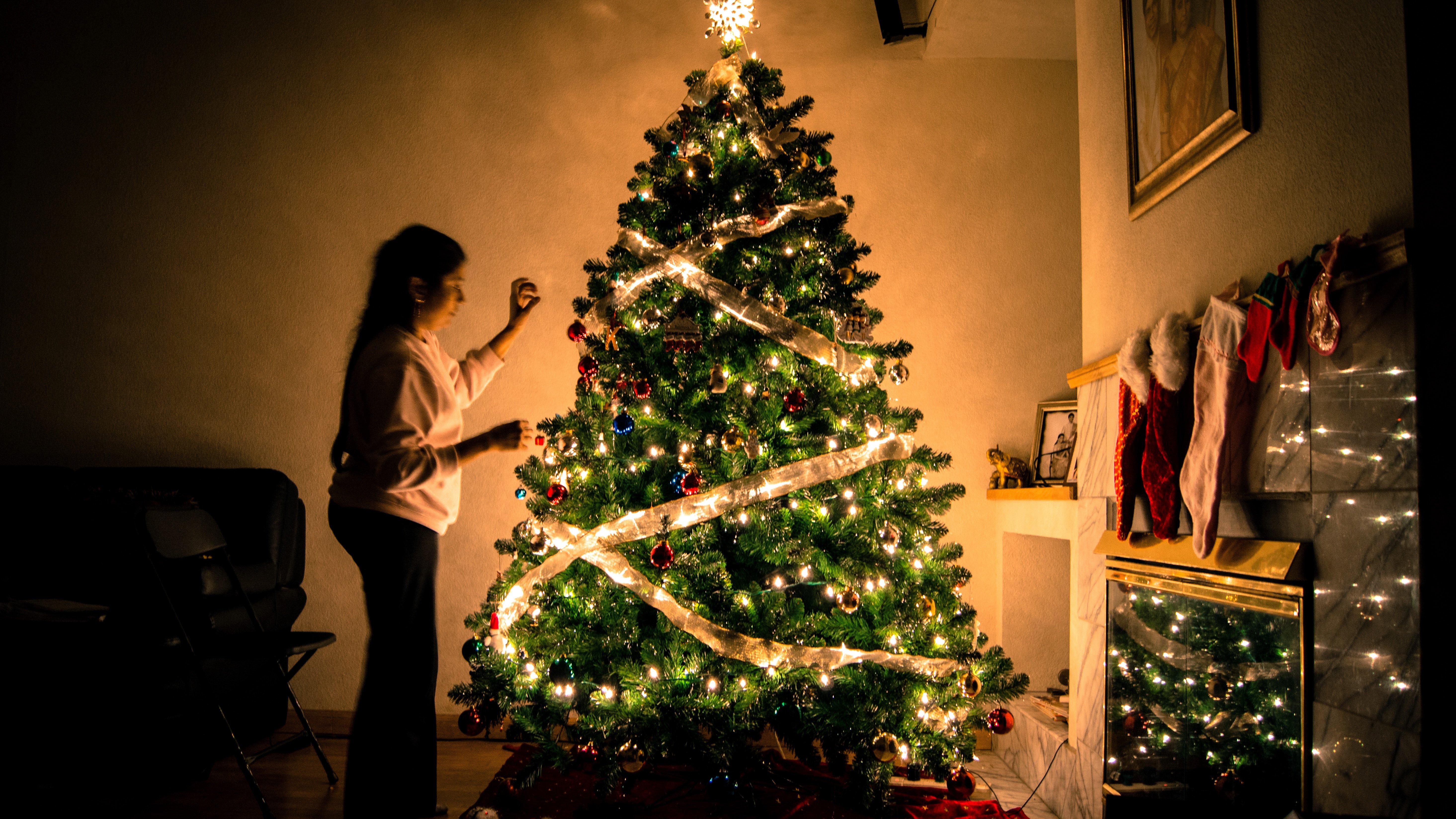
While the birth of this Christmas symbol is lost in legend, today we know that Christmas tree exports are worth quite a bit! In Europe, the largest producers of Christmas trees are Germany, France, and Denmark, while the Canadian province of Nova Scotia is by far the largest exporter of Christmas trees to America.
One last thing about the greenest of Christmas symbols: a plastic tree is more ecologically sustainable than a real one only if you don’t throw it away for at least 20 years.
Colors of Christmas: The color red, green and gold
Red, green and gold are the colors of Christmas, no doubt about it! There is no card or decoration that does not have at least one of these colors, and when we see them together, immediately a warm Christmas atmosphere materializes in our minds.
But is there a reason? As with every symbol of Christmas, the colors of Christmas have a long tradition behind them. Red symbolizes the blood of Christ; it is the color of vitality and royalty. It is the most important of the Christmas colors.
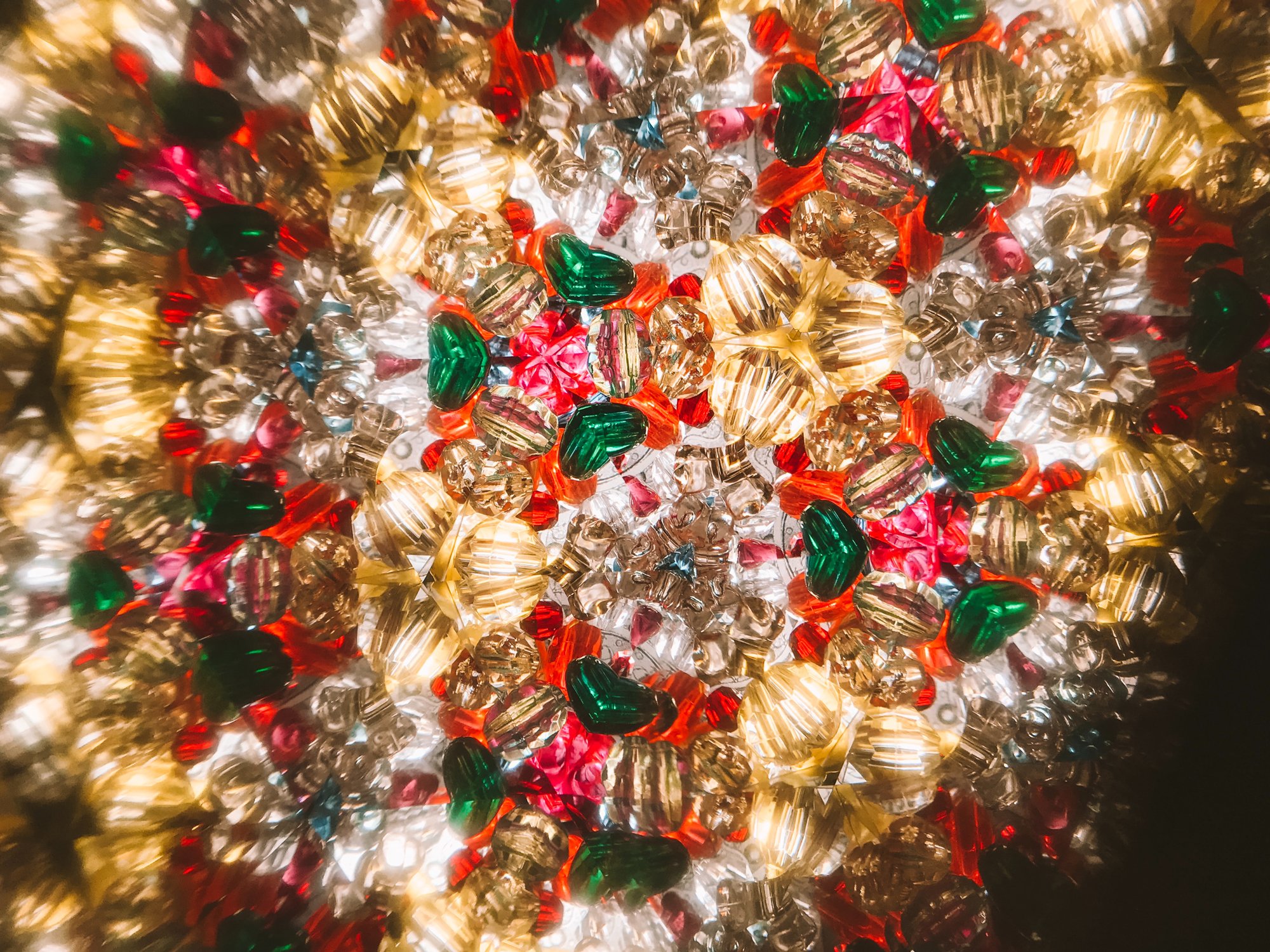
Green is the color of Christmas representing life and hope. Green are some of the symbols of Christmas, such as the evergreen fir tree.
Finally, among the colors of Christmas, gold is the one that represents light, wealth, sovereignty and, again, royalty. It is perhaps the most traditional Christmas color.
Symbols of Christmas: Gifts
What would Christmas be without presents? Among the symbols of Christmas, it is probably the one today that is most linked to consumer society and least to religious tradition, the fact remains that it could not fail to make it onto our list of symbols of Christmas.
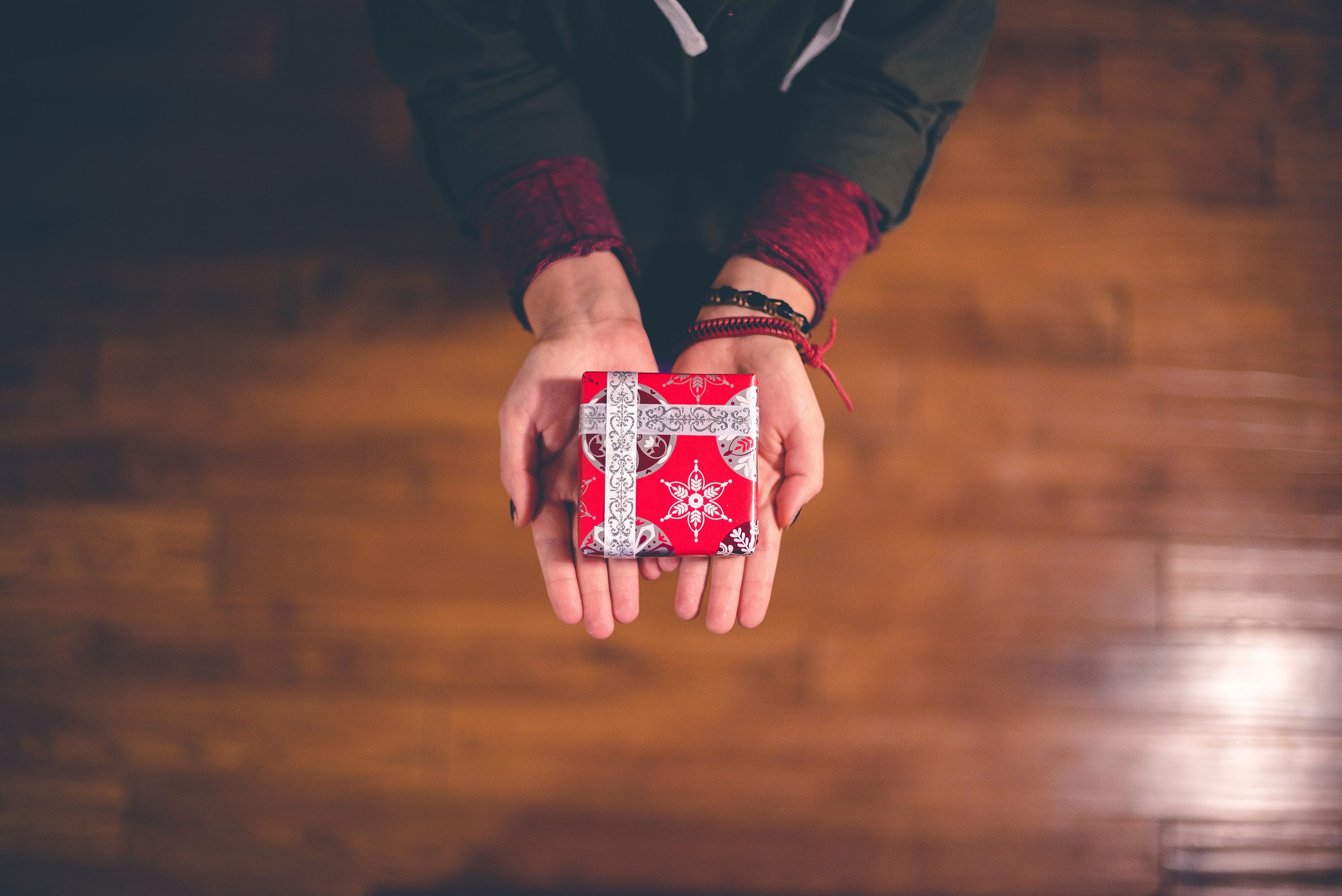
It is said that the tradition dates back to the year Zero and that gifts are exchanged to commemorate the gifts that the Magi brought to Christ. Surely, however, the glittering paper with which we wrap these symbols of Christmas today has more modern origins. Precisely in 1917 when the Hall brothers‘ store in Kansas City ran out of red, green and gold fabric used at the time to wrap gifts. To make up for it, the Hall brothers began using a decorative, shimmering paper that came from France and was at the time used to embellish letters. They sold it at 10 cents a piece, the following year at 25 cents a piece. The result? Today the wrapping paper industry in the United States is worth about $3.2 million.
But in all likelihood the largest Christmas gift ever given was delivered without paper and ribbon. Do you know what it is? The Statue of Liberty, given by the French to Americans on Christmas 1886-a gift weighing a whopping 225 tons that remains unmatched to this day!
And you, are you ready for this Christmas? What Christmas symbols and colors are you most attached to?

